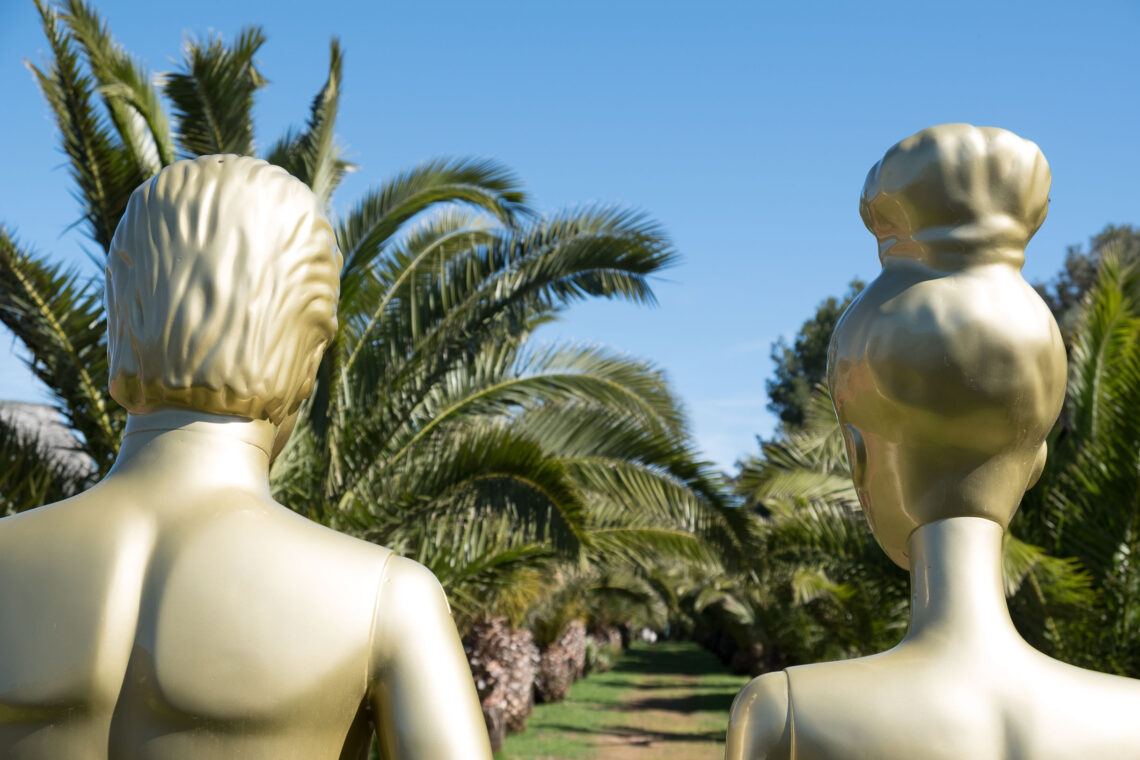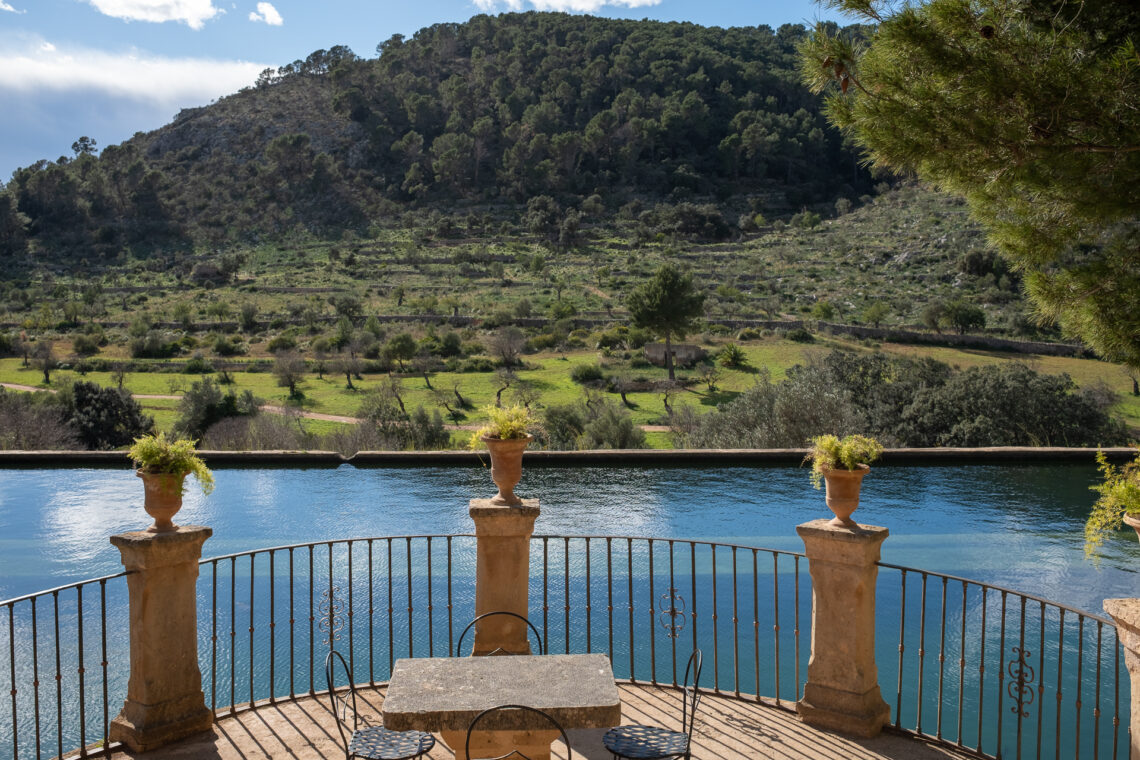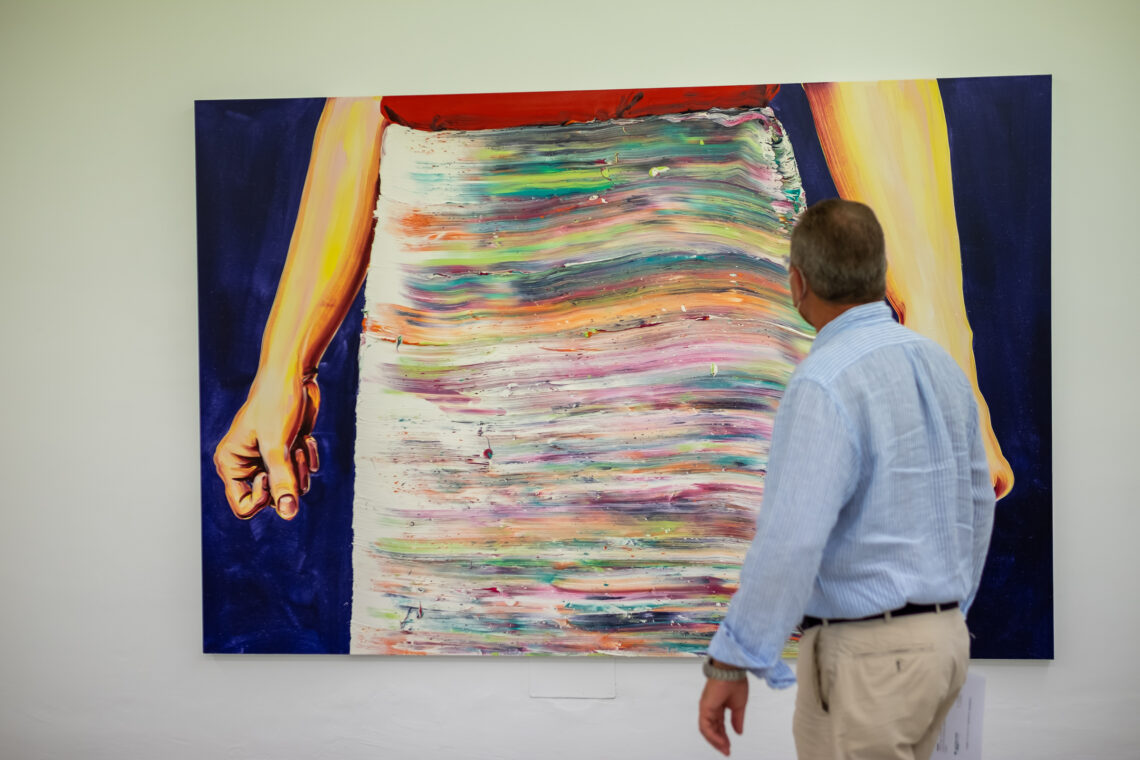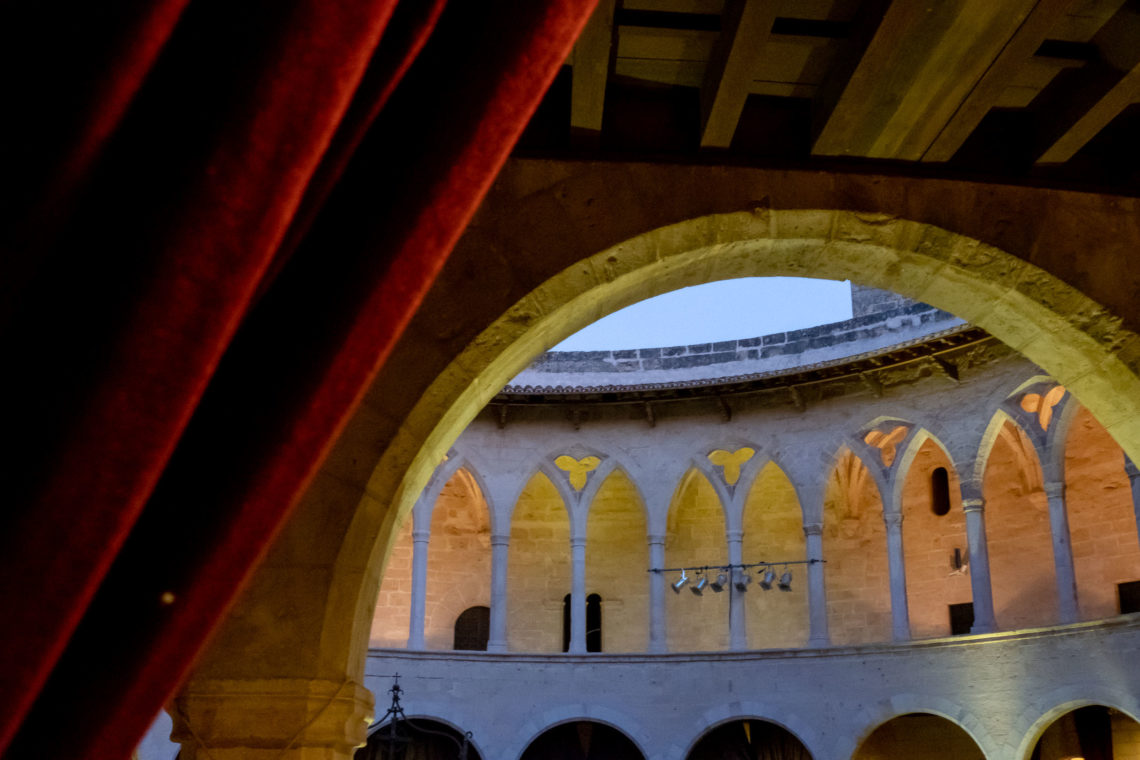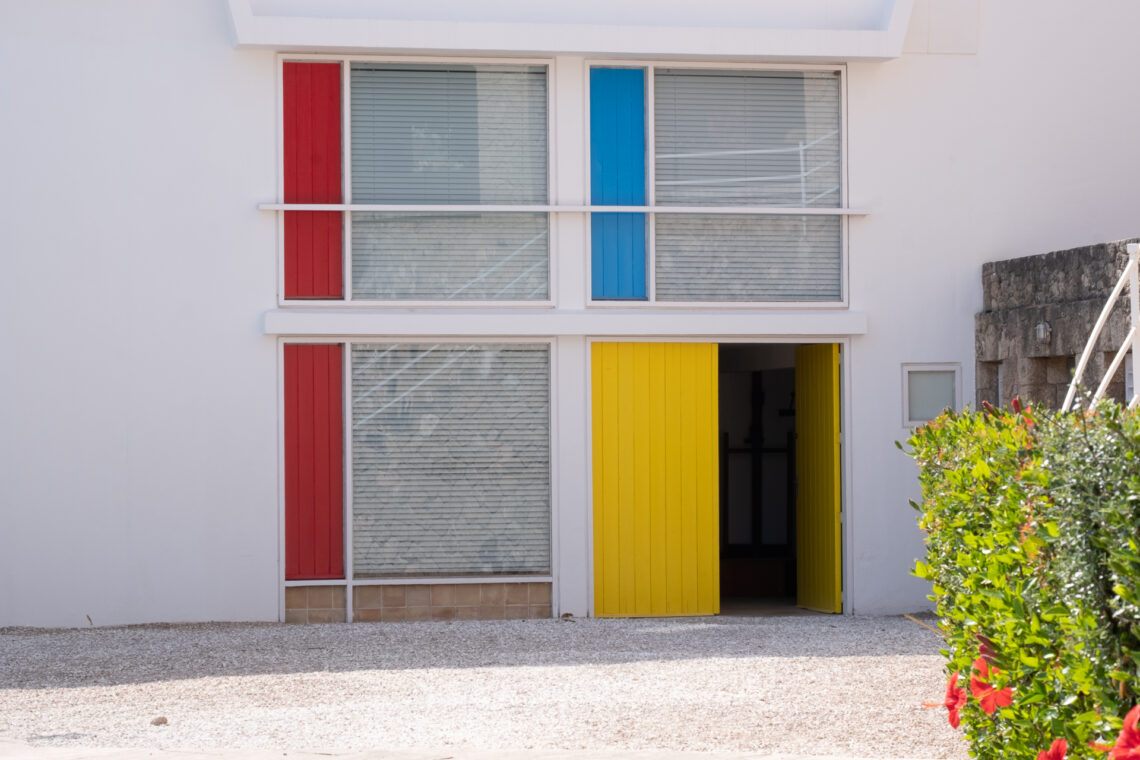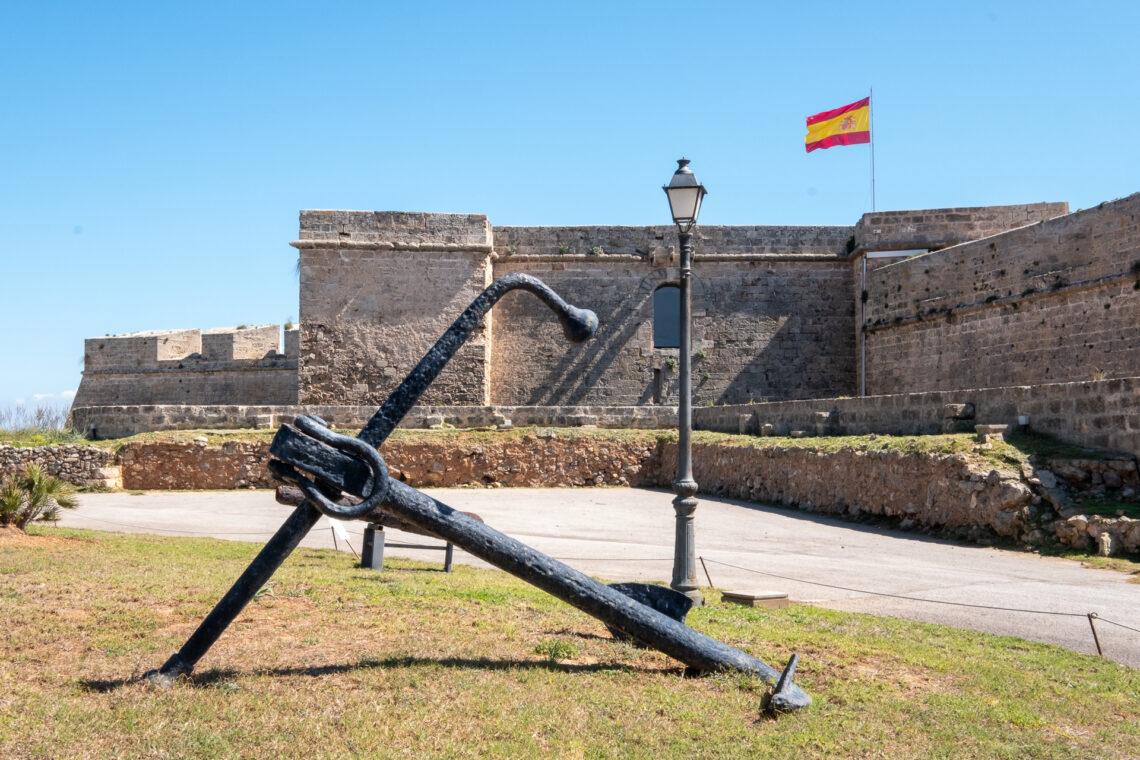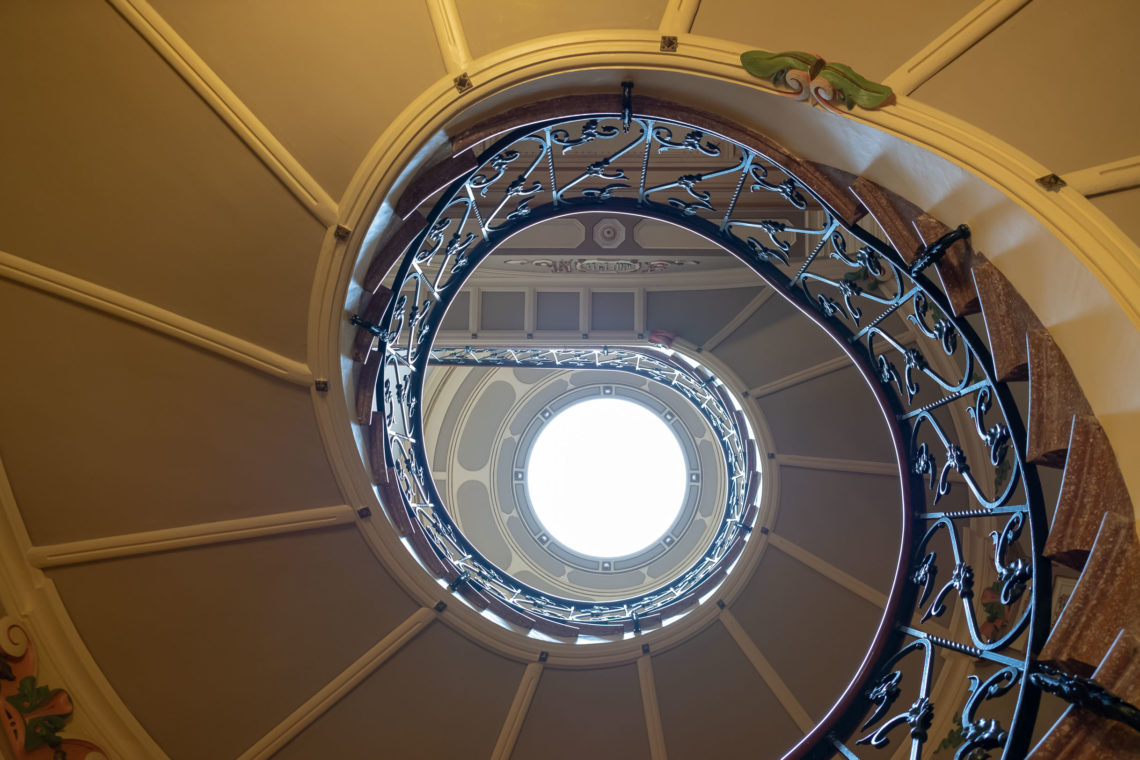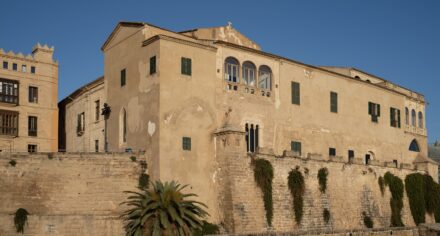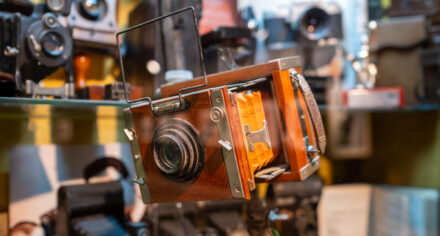Whether you are interested in nature, in the history of the island or in contemporary art, there is a number of fantastic museums on Mallorca covering all kinds of themes. Proud mansions, enchanted castles, lush gardens and architectural highlights, from playful modernism to plain yet grand exhibition halls. Places that you can enter for free and just cast a glance, or even linger for a while. Others where you could easily spend half a day and that are fun for the whole family. Let’s start with a still widely unknown gem before we take you on a tour of a few quite different museums on Mallorca.
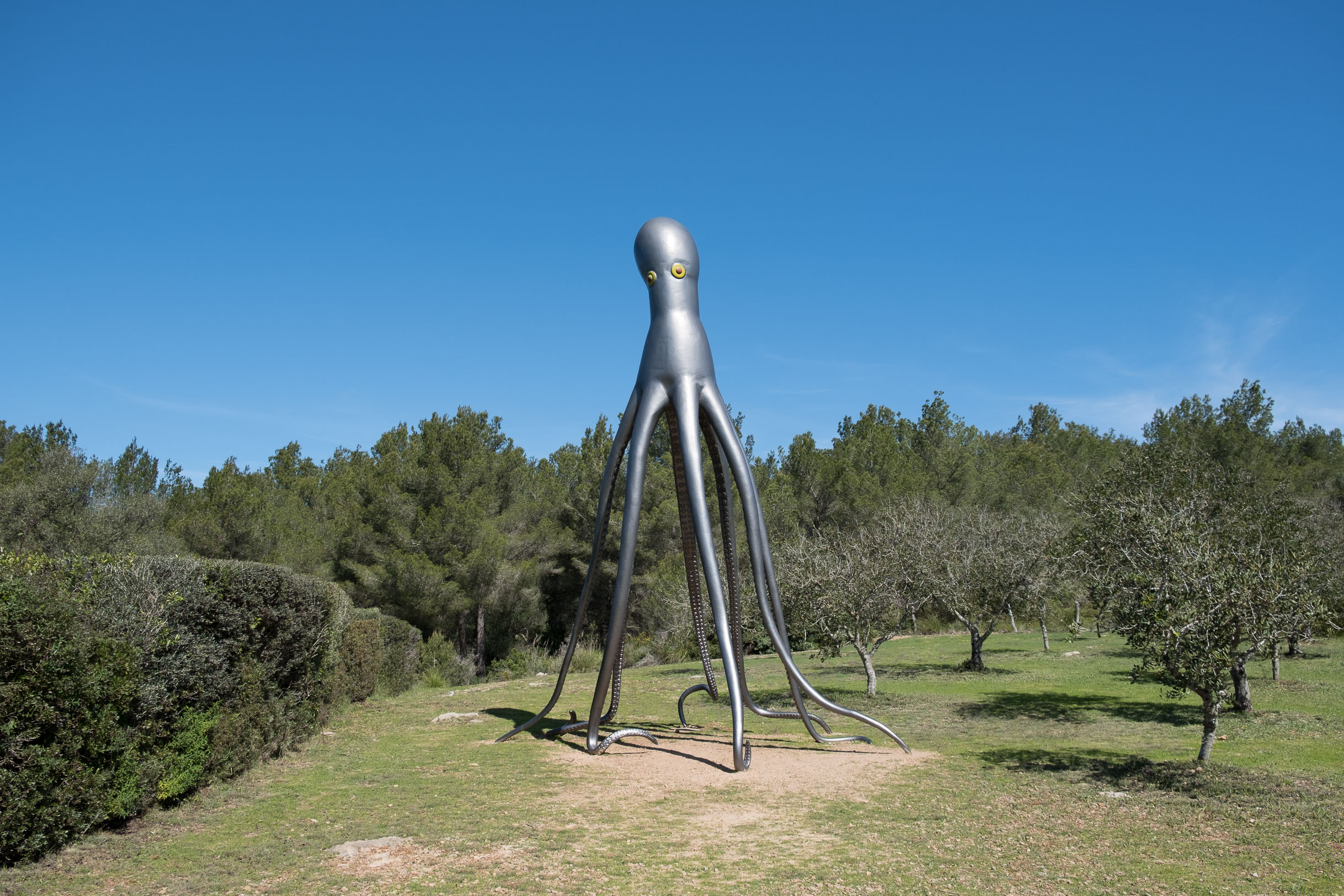
MSBB, the Museum Sa Bassa Blanca, is located on the Victoria peninsula right by the sea. An extraordinary escape from busy towns and crowded beaches, yet it’s still kind of an insider tip. The eclectic collection in the bay of Alcúdia attracts art lovers from all over the world. Even kids who are not that much interested in visiting the museum will be excited by the unique sculpture park once they recognize Barbie and Ken or discover the giant octopus.
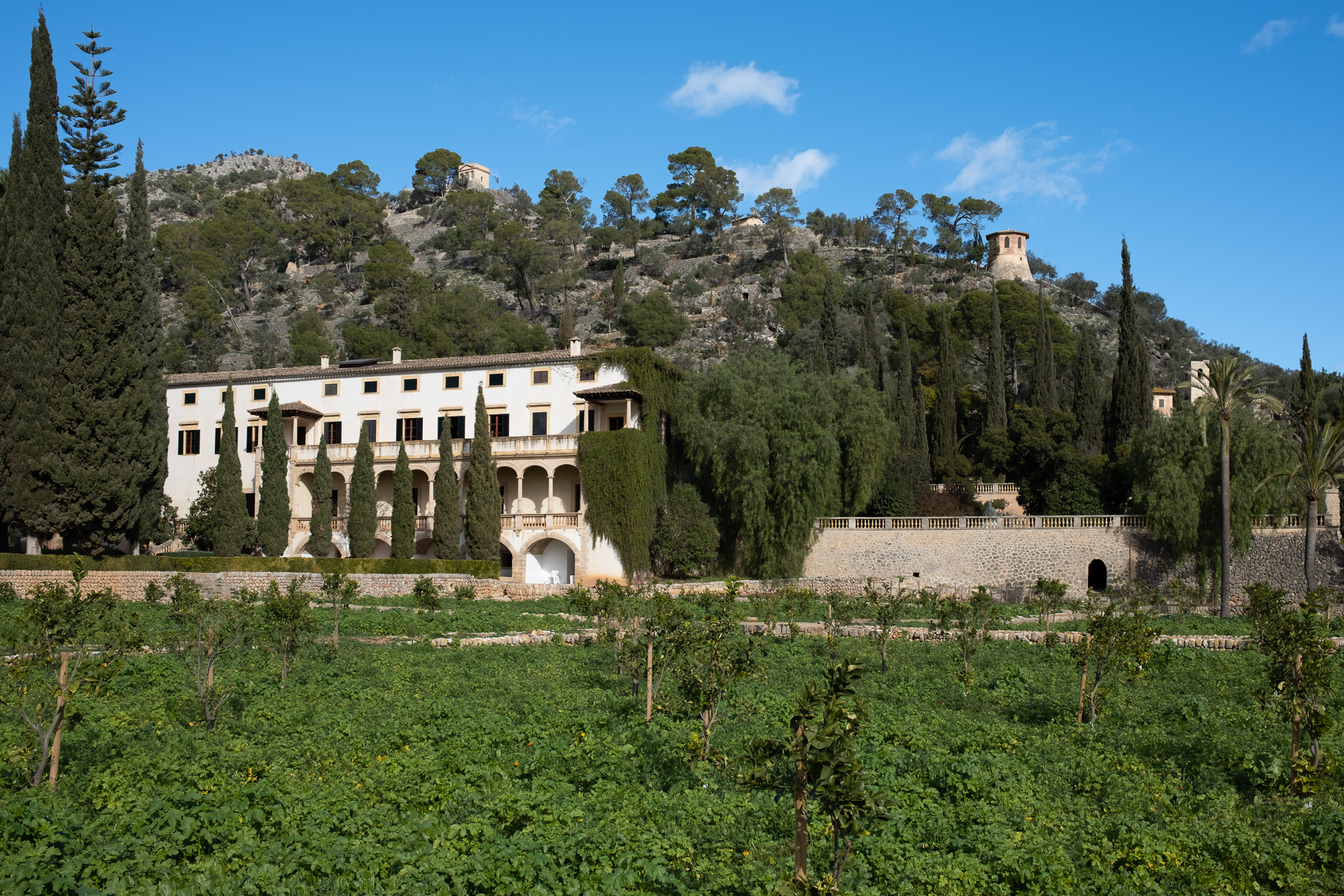
If you are interested in the mountains, history and nature of the island, Raixa could be your place. With the cypress trees and neoclassical facade the impressive estate reminds of a Tuscan villa embedded in a lush park. The mansion houses a fantastic inter-active exhibition. Covering interesting aspects of flora and fauna as well as the Tramuntana landscape. You can also catch a glimpse of day-to-day life in the past and the diverse culture of the mountain towns and villages.
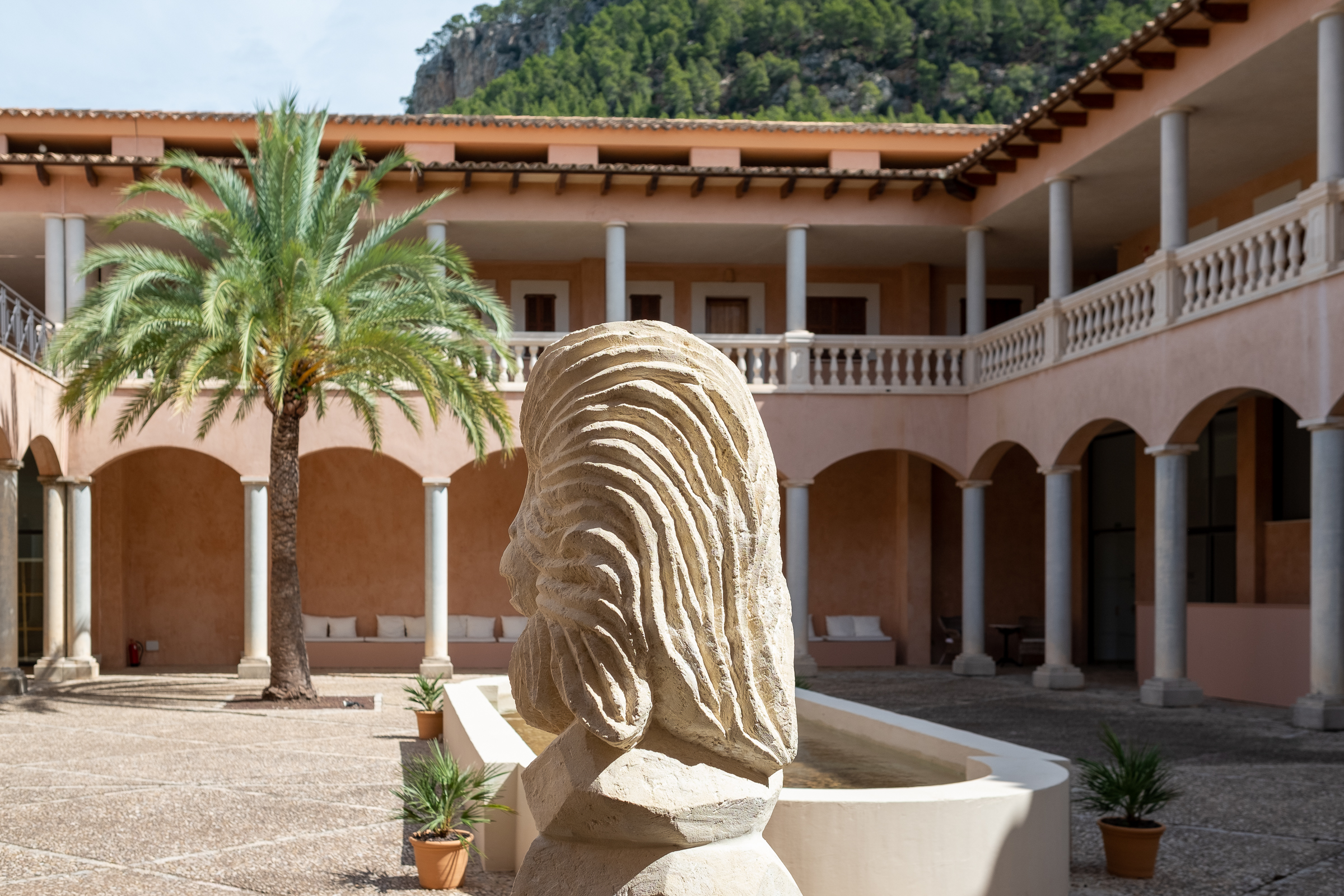
One of the most exciting art places on Mallorca is hidden on the southwest tip of the island. Right at the foot of the Tramuntana, CCA Andratx is a mecca for both creators and lovers of contemporary art. Designed to be a gallery, museum and workshop in one. After exploring the CCA’s many beautiful spaces, the garden and the light flooded courtyard don’t miss the lovely café. A peaceful place with a shady terrace directly opening up to the mountains.
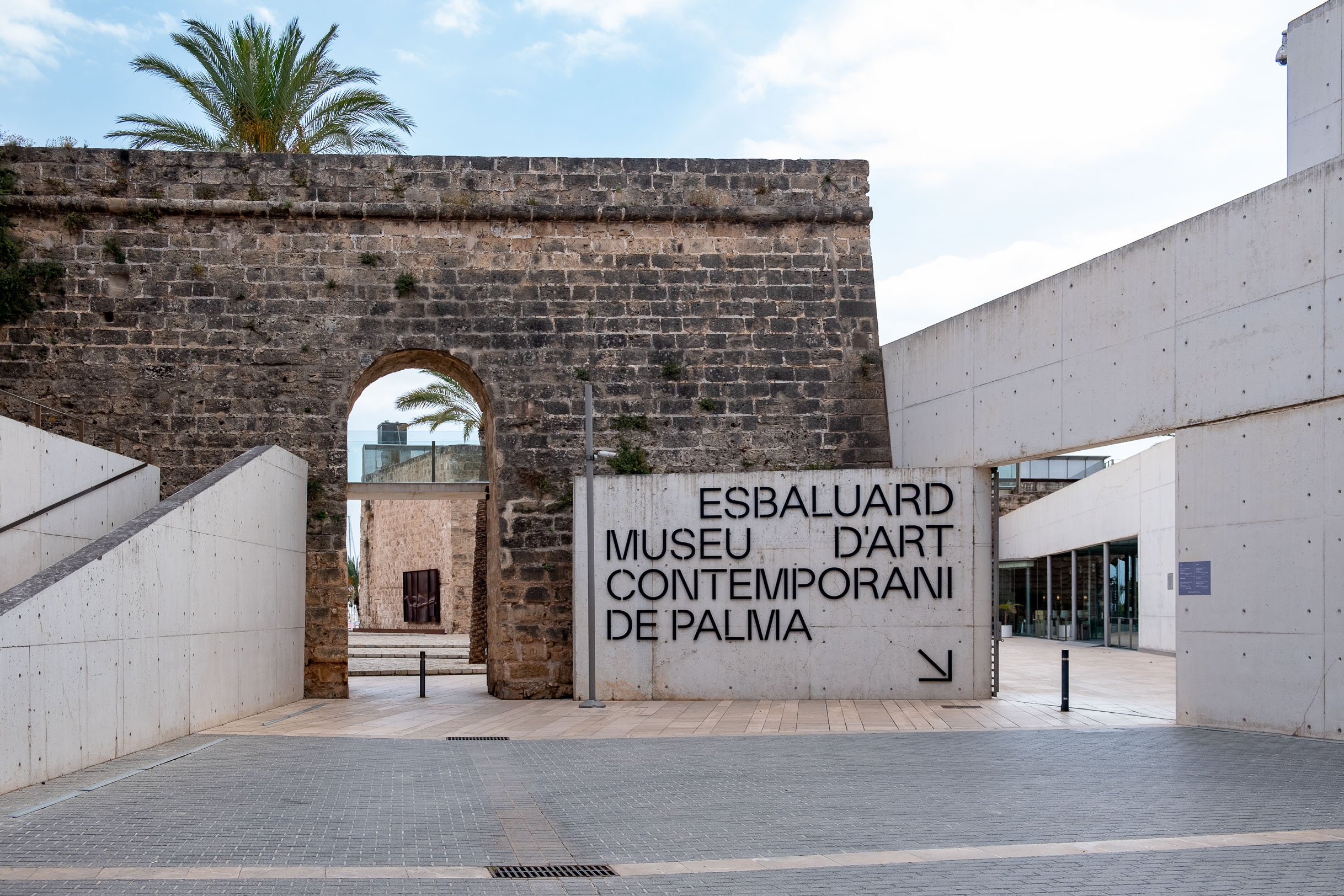
The best known museum for contemporary art, though, is Es Baluard in Palma. A marvelous Renaissance fortress adopted by the 21st century. And while there are extraordinary shows inside, its outside is just as spectacular. The museum is built straight into the remnants of the historic rampart (baluard in catalan) at the southwest corner of Palma’s 16th century city wall. A unique mix of old limestone and modern concrete, glass and steel, with abundant grounds that are open to the public.
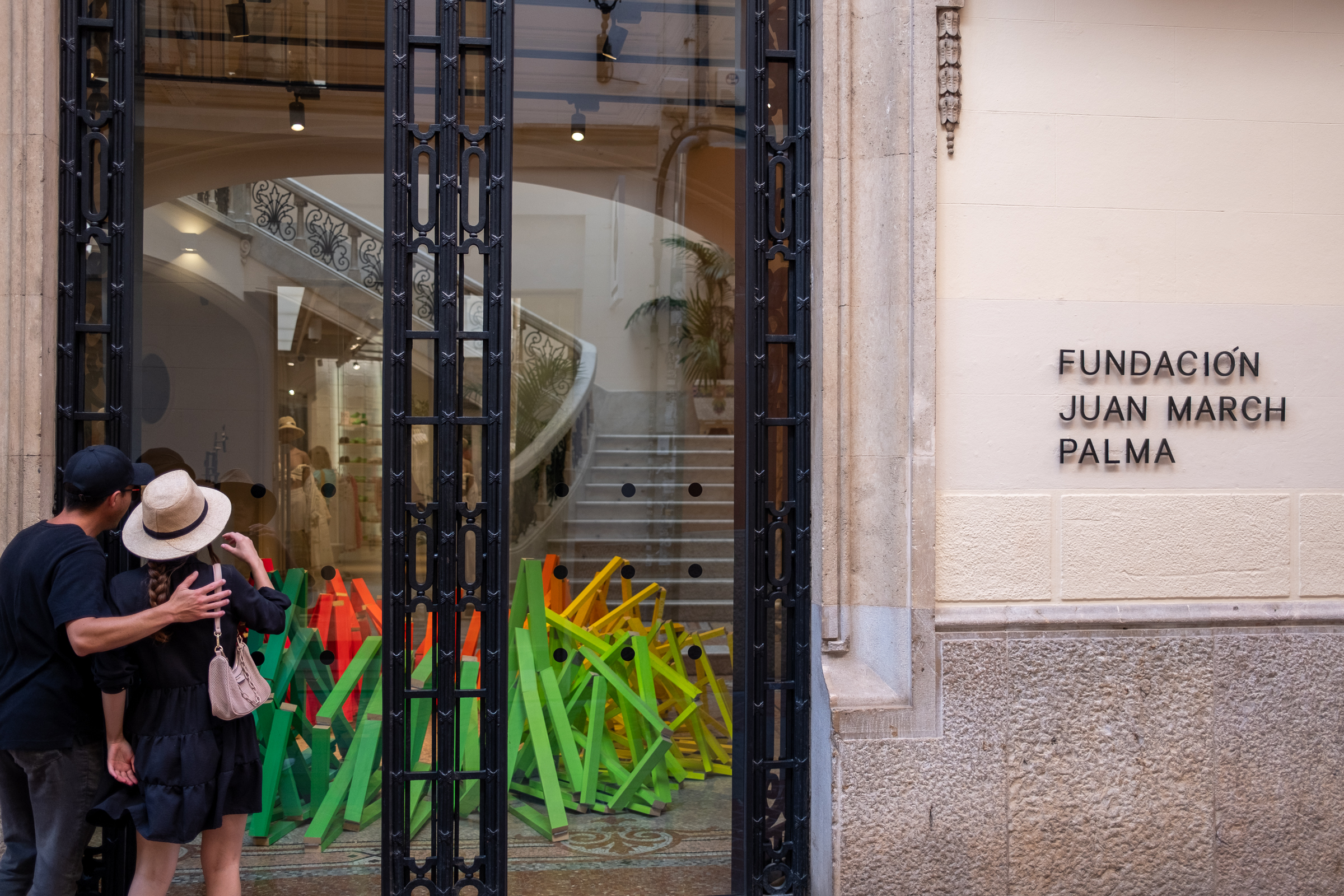
Another go-to place is Museu Fundación Juan March, located on one of the most busy streets in Palma’s old town. Between lingerie and cosmetics, jeans and shoes shoppers spontaneously discover contemporary art. And find an urban oasis that others aim for deliberately. The impressive 18th century building houses an extraordinary permanent collection of vanguard Spanish artists and changing temporary exhibitions.
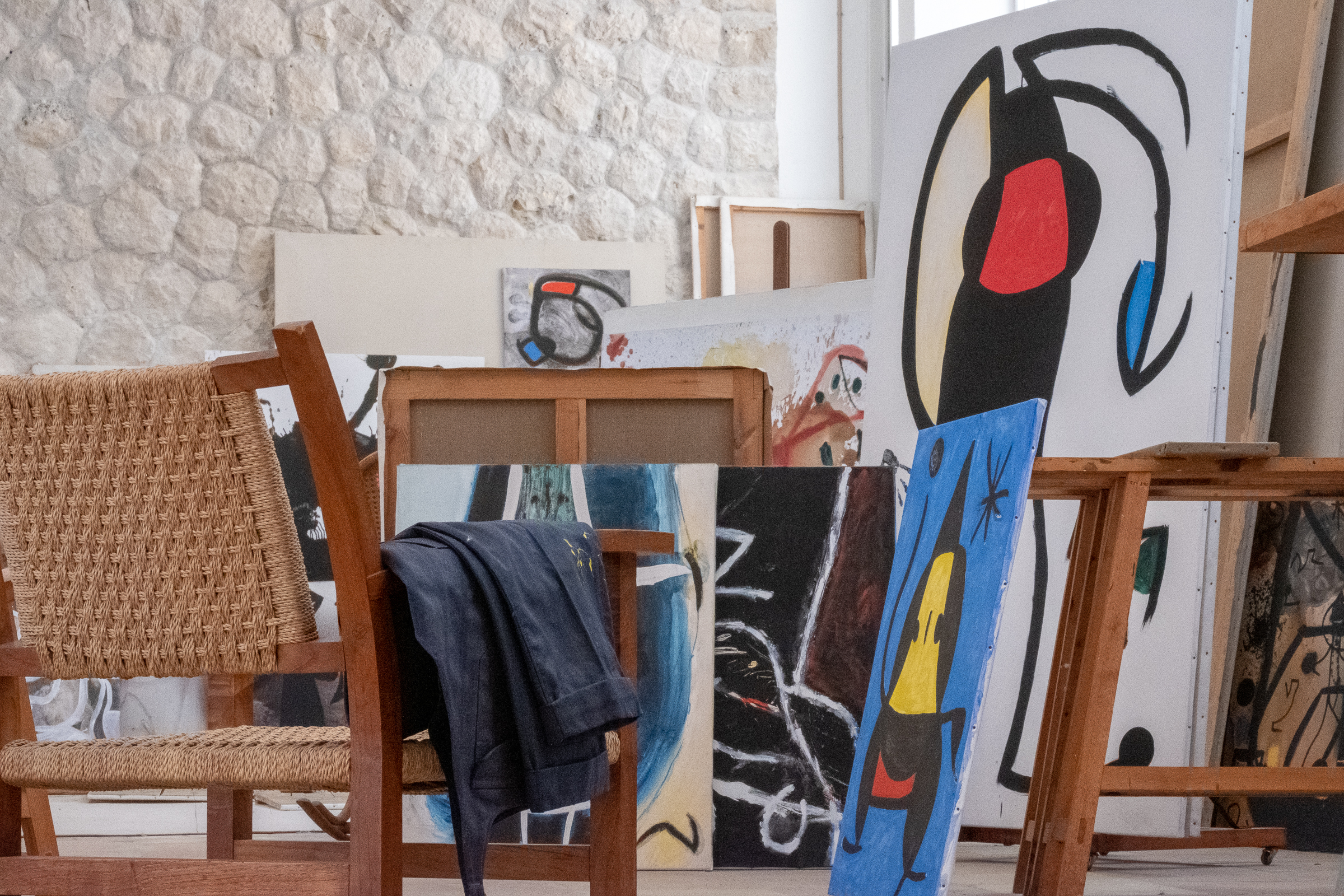
The Fundació Pilar i Joan Miró in Cala Major shows a collection of Miró’s most popular paintings. You can even visit his workshop high above the bay of Palma. Miró’s studio, the Taller Sert, is a piece of art itself. Unique in form and materials its silhouette actually reminds you of a drawing. The light-flooded hall is full of paintings, finished and unfinished, leaning against each other. Miró also was a passionate gardener cultivating flowers and vegetables. Meandering along the garden paths, today, you meet some of his fancy sculptures.
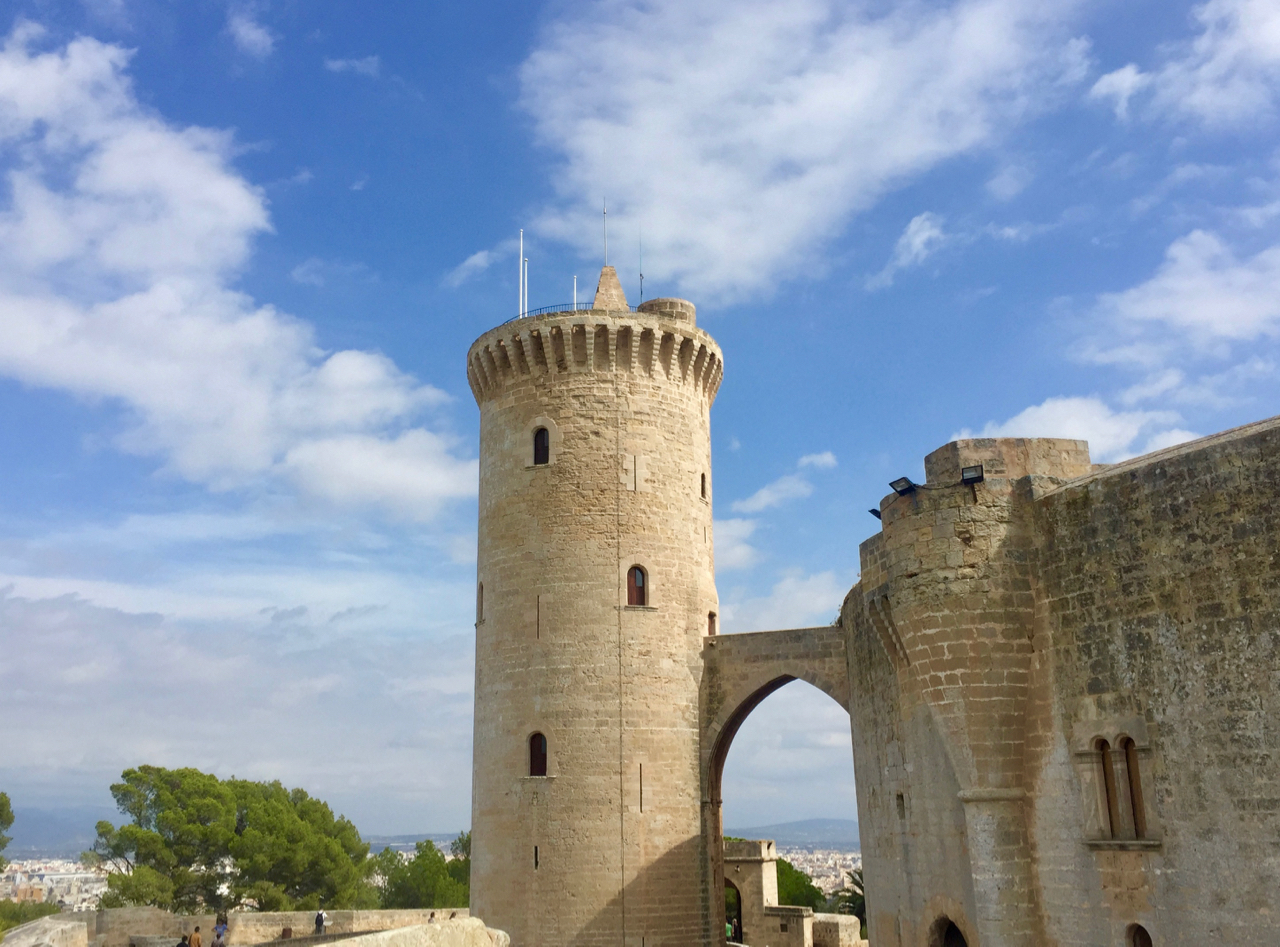
To Castell de Bellver it’s an easy bicycle ride up or just a hike through the surrounding natural park. The castle’s architecture is absolutely minimalistic and pretty unique, it is completely round instead of rectangular. From the Castell you enjoy a spectacular 360 degree vista across greater Palma, the mountains and the sea. The small Museum for the History of Palma takes you all the way back to the first settlement before our time and further to Palma’s recent urban development into the city as we know it today.
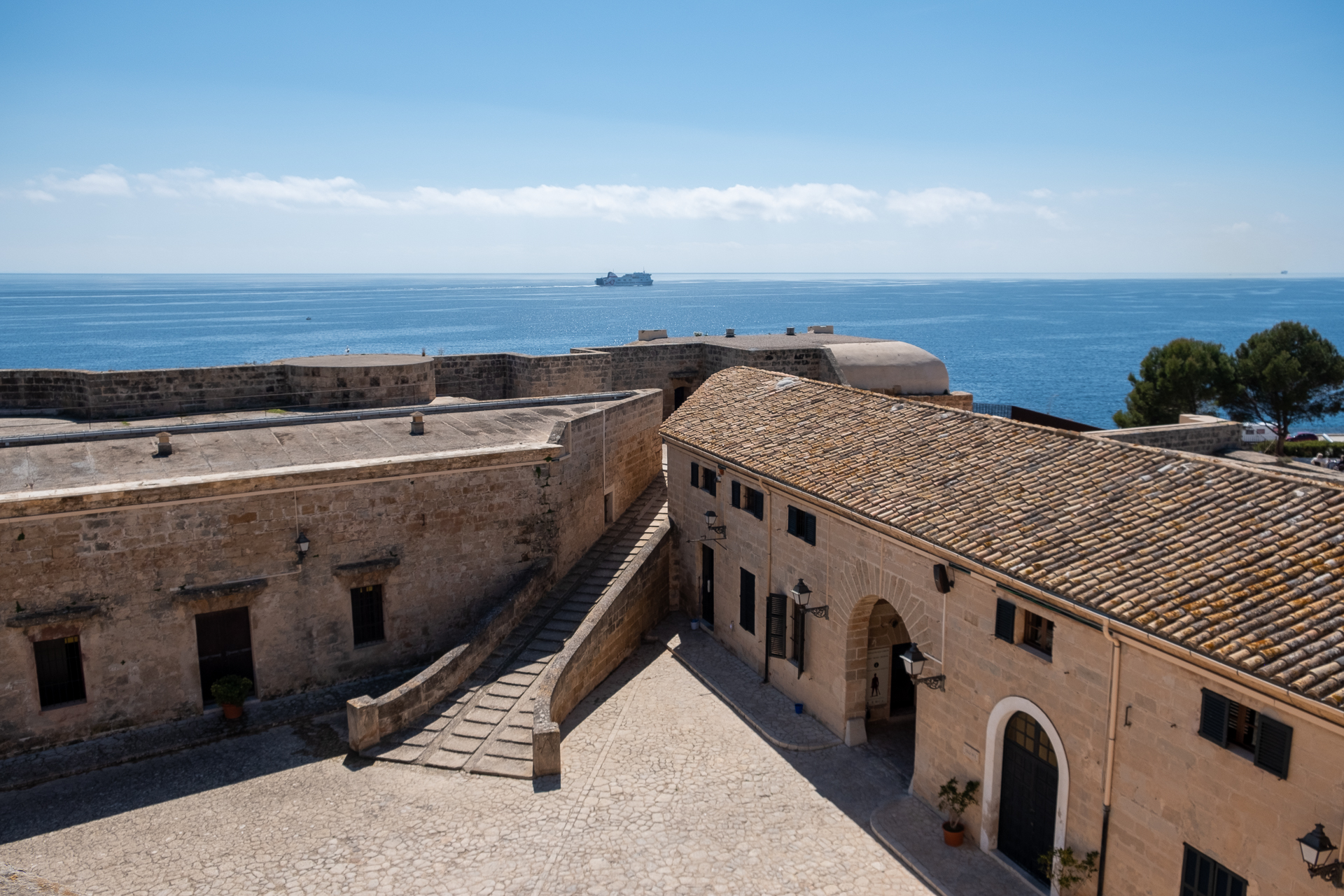
Also close to Palma is Castillo de San Carlos. The peculiar star-shaped fortress has a long and eventful history. Some of which is told in the carefully restored exhibition rooms. If you are rather not interested in military objects and strategies, you’ll still enjoy a visit. Explore the plain, often narrow marès vaults. Or just walk on the walls of the Castillo, from one corner to the next. The perspective changes with every turn. And the terrace of the museum café Bar San Carlos is worth a visit on its own.
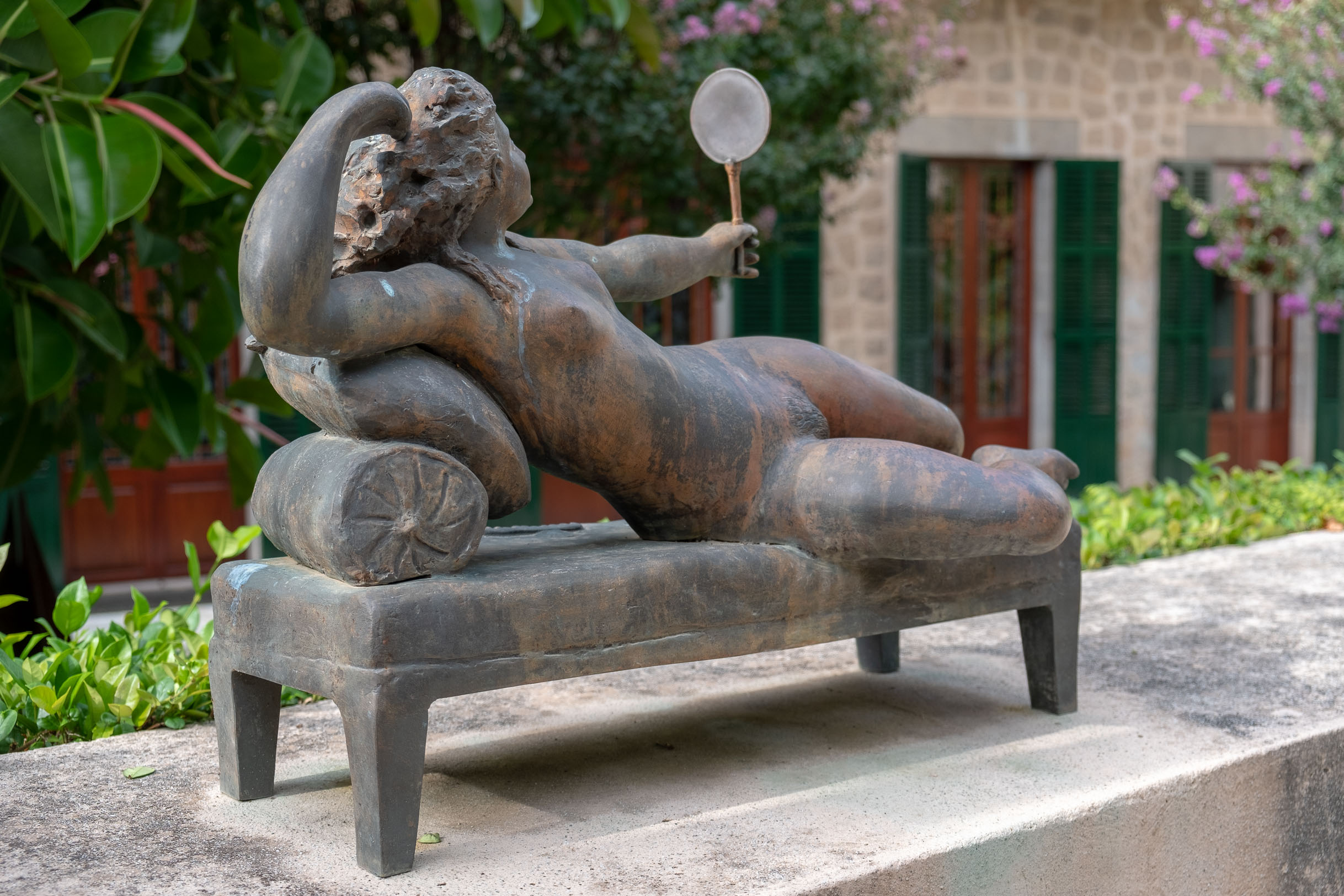
Oranges and architecture share a long history on Mallorca. The stunning facades of Sóller reflect the changeful history of a vibrant fruit trade. One of the most impressive mansions, Can Prunera, bears witness of commerce and migration. Today, it houses a museum that takes you on a voyage back to the early 20th century. Back to Jugendstil, Art Nouveau, and Modernisme. Don’t forget to step into the small garden of Can Prunera. A quiet blossoming oasis looking out to the Tramuntana with a few exquisite sculptures.
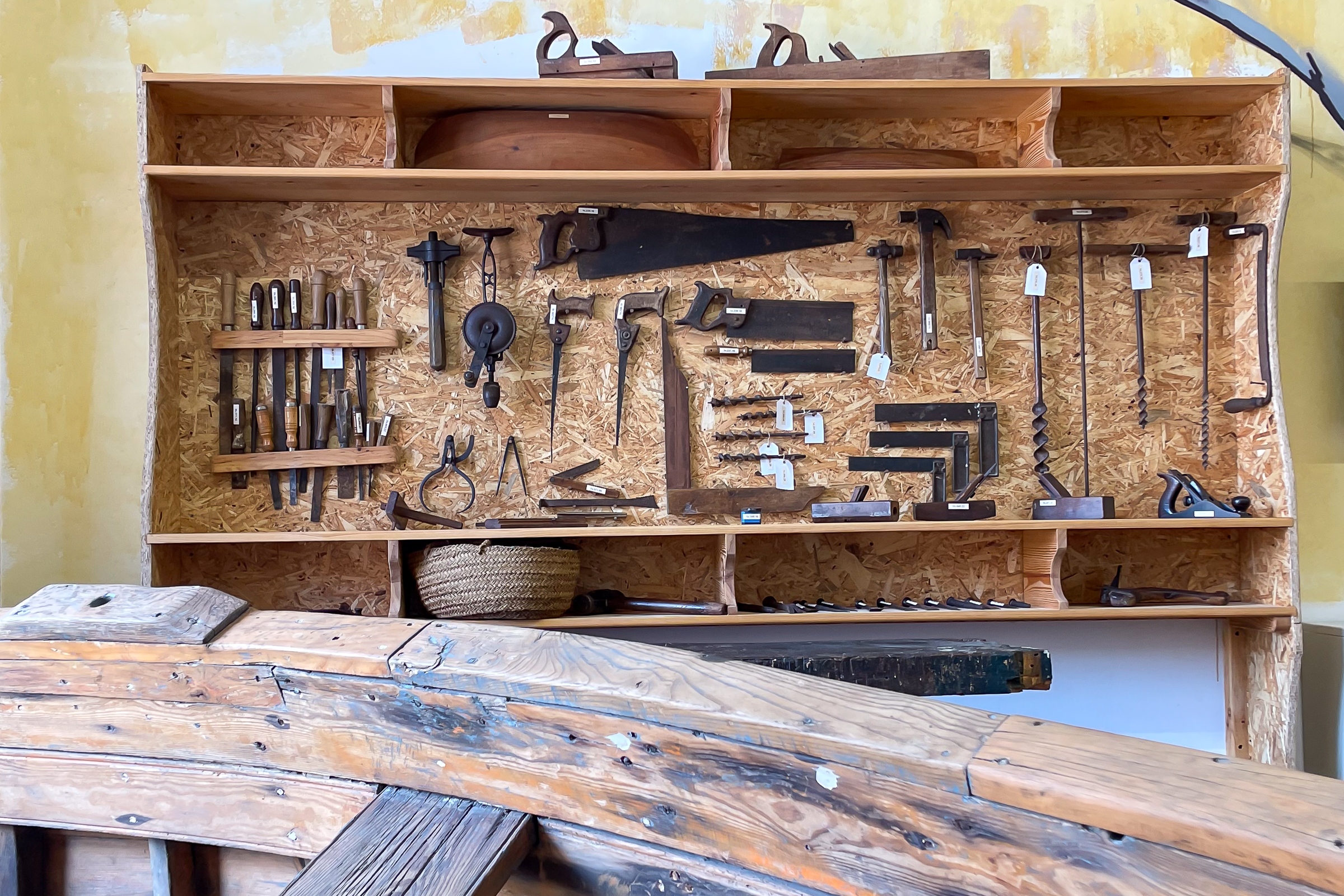
Not so long ago, only fishermen and seafarers lived on the shore. They respected and often feared the power of the sea. The Maritime Museum tells stories of the Mediterranean that have become an integral part of Mallorca’s maritime heritage. Stories about hard work and poor living conditions, about migration and prosperity, sailor’s stories about shipwrecks, pirates and lighthouses, about shipbuilding and other maritime skills. Moreover, it is dedicated to current maritime projects and education. In fact, the Museu Marítim de Mallorca has two locations. Next to the one at Ses Voltes in Palma there is another Museu de la Mar in Port de Sóller, high above the sea. ![]()
This is just kind of a Top 10 museums on Mallorca. Trying to fit in something for everyone. You’ll find many more interesting places to visit here on Estilo Palma.

